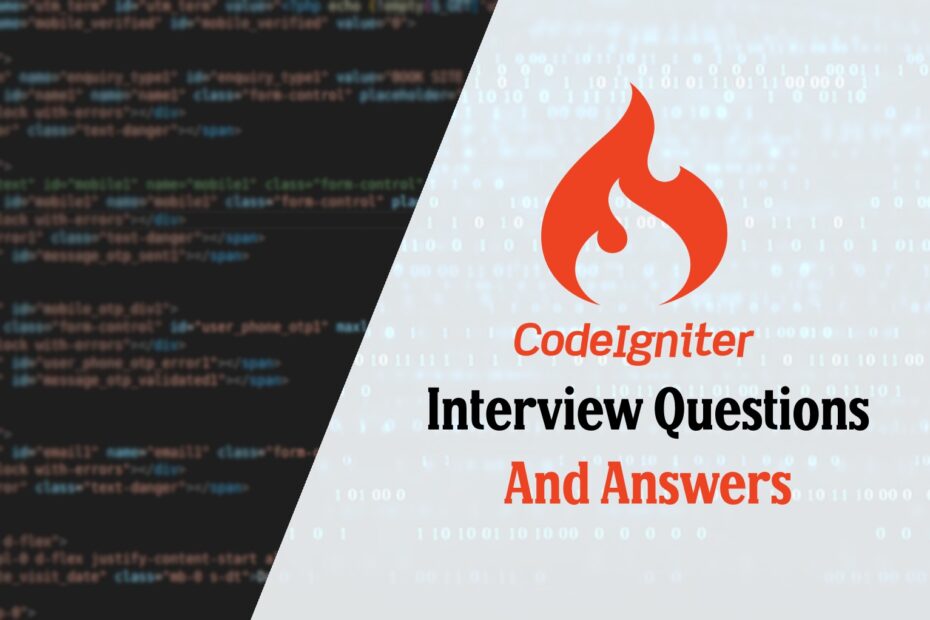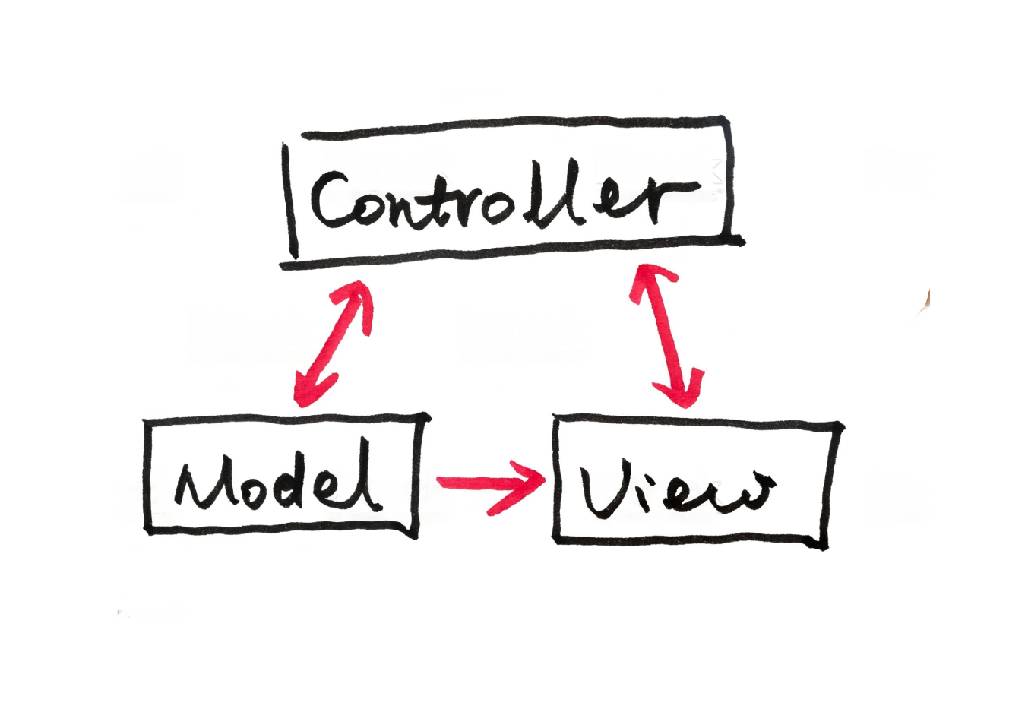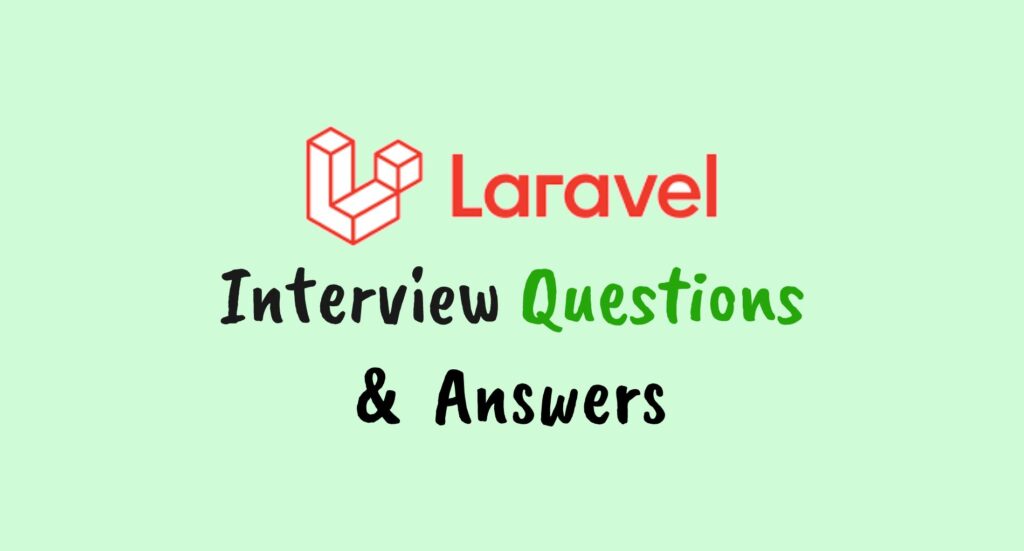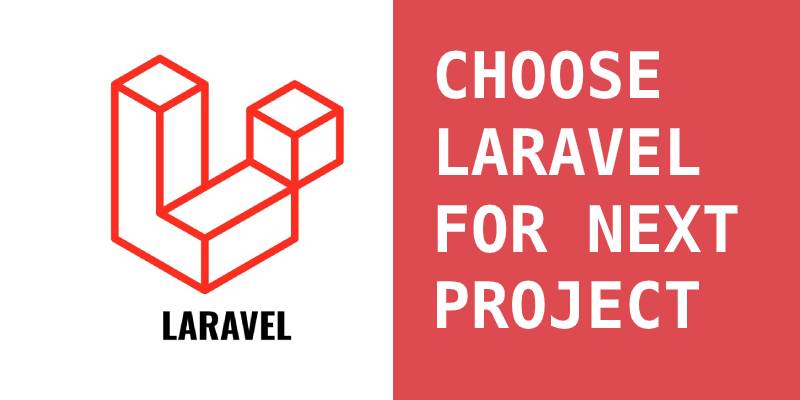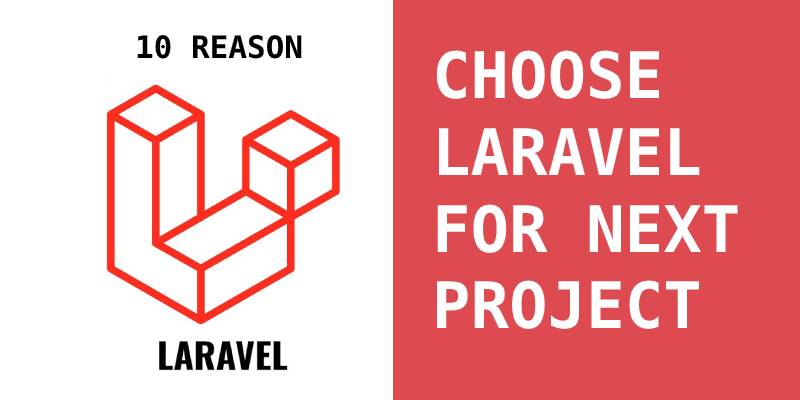Looking for a job at CodeIgniter? Then you are exactly right here. In this blog article, we bring you the best CodeIgniter interview questions and answers. CodeIgniter is an open source rapid development software web framework for use in building dynamic websites with PHP CodeIgniter is loosely based on the popular Model-View-Controller (MVC) development pattern. There are numerous leading companies offering many CodeIgniter jobs such as: PHP Developer using CodeIgniter Framework, Senior PHP Developer, CodeIgniter Backend Developer, etc.
Q1. Explain Codeigniter Architecture?
CodeIgniter is designed to deliver maximum performance in less time in a clean environment. To achieve this, each development process is simplified.
From a technical point of view, it’s dynamic instantiation (libraries are loaded on demand, making them lightweight), loose coupling (components are much less dependent on each other), and component uniqueness (each class and its functions are tightly aligned to its purpose). .
Q2. Explain MVC in CodeIgniter?
The CodeIgniter framework is primarily based totally at the MVC pattern. MVC is software program that offers you a logical view impartial of the presentation view. Because of this, an internet web page consists of minimum scripting.
- Model : The controller files have the models. Represents its information structure. Model classes include functions that you could use to insert, retrieve, or replace statistics to your database.
- View : View is the statistics this is provided in the front of users. It may be an internet web page or components the web page like header and footer.
- Controllers : The controller is the middleman among the models and the view to process the HTTP request and generate a web page. Any requests that the controller gets are surpassed to the models and view to process the information.
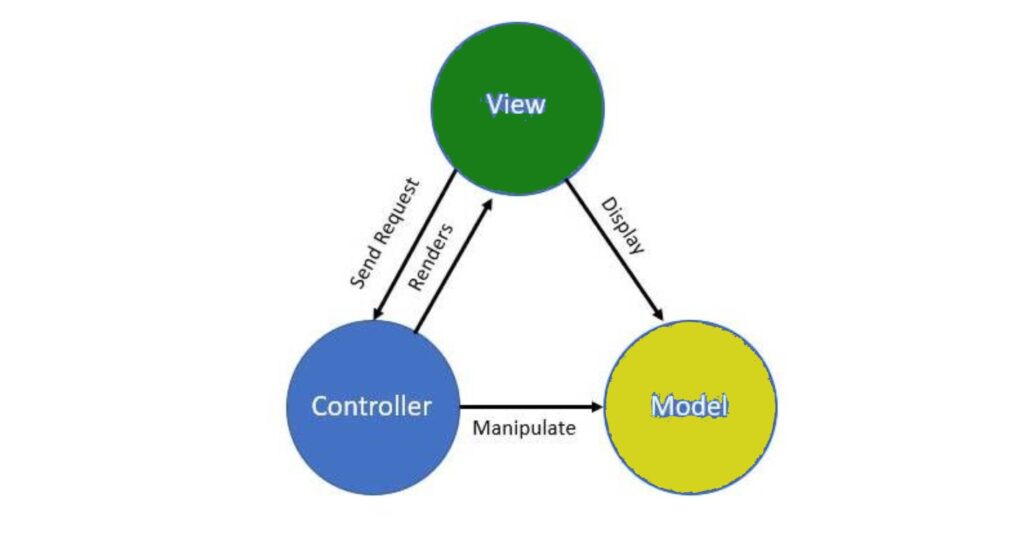
Learn more about what Is MVC architecture? and why should you care?
Q3. What is model and how you can load model in CodeIgniter?
The controller files have the models. Represents its information structure. Model classes include functions that you could use to insert, retrieve, or replace statistics to your database.
models called inside your controller methods. For model load, you must use the below given code.
$this->load->model('modelName');Include the relative path from the directory of your model, if your model is placed inside a sub-directory. Consider an example, you have a model which is placed at application/models/author/AllAuthor.php you can load it by using: $this->load->model(‘author/AllAuthor’);
Q4. How can you connect models to a database manually?
Using following syntax you can load the database.
$this->load->database(); There is another method available which is automatics for that you have to add database library in autoload.php
Example
Path : application/config/autoload.php
$autoload['libraries'] = array('database');Q5. Explain view in CodeIgniter and how we can load the view?
View folder contains all markup files like header, footer, sidebar etc. They can be reused by embedding them anywhere in the controller file. They cannot be called directly and must be loaded into the control file.
You can create file in application/views folder. For example, we have created a file Welcome.php,
You can call this Welcome.php view file in controller using below code.
<?php
defined('BASEPATH') or exit('No direct script access allowed');
class Index extends CI_Controller
{
public function __construct(){
parent::__construct();
}
public function index(){
$this->load->view('welcome');
}
}Q6. How will you call a constructor in CodeIgniter?
We will call constructor in CodeIgniter using below method
Example
<?php
defined('BASEPATH') or exit('No direct script access allowed');
class Index extends CI_Controller
{
public function __construct()
{
parent::__construct();
}
}Q7. Explain the basic Url Structure in Codeigniter?
The basic URL structure is developerdiary.in/class/function/ID.
In this class represents controller’s class that needs to be invoked.
“function” is name of method which is called.
“ID: is an additional parameter that is passed to controllers.
Q8. What is the default method name in CodeIgniter?
By default controller call index method. If you want call another method then you shoud define this method in controller and call in the url
deveoperdiary.in/ControllerName/YourCustomFunctionName
Q9. What is a helper in CodeIgniter?
Helpers are the set of functions that are used to help the user to perform specific tasks.
- URL Helpers: It will help to create the links.
- Text Helpers: It will help for text formatting.
- Cookies Helpers: It will help for reading and setting cookies.
Q10. How can you load multiple helper files?
Using following sample code we can load multiple helper.
$this->load->helper(
array('helper1', 'helper2', 'helper3', 'helperxxxxx')
); Q11. What is libraries in codeigniter
The most important part of a CodeIgniter framework is its provided libraries. It offers a wide range of libraries that indirectly speed up the development of an application. The system library is located in system/libraries. All we have to do is load the library we want to use.
Q12. What is a difference between helper and libraries in CodeIgniter?
A CodeIgniter helper is a set of functions (Common functions) which help you or use them inside Models, Views, Controllers,.. everywhere.
Once you load (include) that file, you can get access to the functions.
But a Library is a class, which you need to make an instance of the class (by $this->load->library()). And you’ll need to use the object $this->… to call the methods.
Basic understanding is: A library is used in object oriented context (Controller, …), while a helper is is good or suitable to be used within the Views (non object oriented).
Q13. What is routing in CodeIgniter?
- Routing is a technique used in CodeIgniter that allows you to define your URLs based on requirements instead of using the predefined URLs. So whenever a request is made, and it matches the URL pattern we’ve defined, it’s automatically routed to the specified controller and function.
- A URL string and its corresponding controller class or method have a one-to-one relationship here. URI segments generally follow this pattern: example.com/class/function/id/. All routing rules are defined in CodeIgniter’s application/settings/routes.php file.
Example with Wildcards : There are two types of wildcards:
- :num: Only numbers matched.
- :any: Only characters matched.
Example with Regular Expression : Regular expressions are also used to redirect routes.
- $route[‘blog'(a-zA-Z0-9]+)’] = ‘blog/social’;
Q14. What are the hooks in CodeIgniter?
Hook is a feature of CodeIgniter that provides a way to change the internal workings of the framework without hacking the core files. It makes it easy for you to run a script with a specific path within CodeIgniter. It is usually defined in the application/settings/hooks.php file.
We can enable hook, for that we have to go in application/config/config.php file and set it TRUE as given below code.
$config['enable_hooks'] = TRUE;Q15. Give the list of hooks available in CodeIgniter.
- pre_system: It is called initially during system execution.
- pre_controller: It is called immediately before any of the controllers being called. Example:
- post_controller_constructor: It is called soon after instantiating your controller, but before any occurrence of the method call.
- post_controller: It is called immediately after the complete execution of the controller.
- display_override: It overrides the _display() method.
- cache_override: It enables calling of the user-defined method instead of _display_cache() method which is available in the Output Library. This permits you for using your own cache display mechanism.
- post_system: It is called soon after the final rendered page has been submitted to the web browser, at the end of system execution when the final data has been sent to the browser.
Q16. What is CSRF token in CodeIgniter? How to set CSRF token?
- The CSRF (Cross-Site Request Forgery) token is a randomly generated value that is modified with each HTTP request sent from a web form.
- A CSRF attack forces a logged-in victim’s browser to send a spoofed HTTP request, including the victim’s session cookie and other authorization-related information, to a web application. A CSRF token is used to configure or enable protection in CodeIgniter.
- The CSRF token is stored in the user’s session when added in the website form. When we submit the form, the website compares the tokens submitted and the tokens stored in the session. If they are the same, the request is considered valid. When the page is loaded, the token value is also changed each time. Therefore, it becomes difficult for hackers to identify the current token.
- To set CSRF, you have to set the corresponding config value as true in your application/config/config.php file.
- Syntax : $config[‘csrf_protection’] = TRUE;
- If you use the form helper, the form_open() method will automatically insert a hidden CSRF field in your forms.
Q17. How to connect multiple databases in CodeIgniter?
Using following code we can load multiple database in CodeIgniter
$db1 = $this->load->database('database_One', TRUE);
$db1 = $this->load->database('database_Two', TRUE); Q18. What are CodeIgniter security methods?
CodeIgniter security methods is used to create a secure application and process input data. The methods are given below:
- XSS filtering
- CSRF (Cross-site Request Forgery)
- Class reference
Q19. How we can enable CSRF Token?
You can enable security by editing config.php file. To enable or activate CSRF token make the following code TRUE from FALSE in application/config/config.php file.
$config['csrf_protection'] = TRUE; Q20. How to extend the class in CodeIgniter?
You have to create a file with the name Example.php under application/core/ directory and declare your class with the below code:
Class Example extends My_Controller {
// Write your code here
}More Interview Questions
PHP OOPS Interview Questions And Answers (2022)
Latest MySQL Interview Questions And Answers
JavaScript Interview Questions And Answers
Laravel Interview Questions And Answers
Conclusion
I believe that these CodeIgniter interview questions would help you understand what kind of questions may be asked to you in an interview, and by going through these CodeIgniter interview questions, you can prepare and crack your next interview in one go. And I will try to update interview questions here more. So you can get more into it.
